Linda Lavin
A prolific performer on stage and small screen, actor-singer Linda Lavin has been a role model for many of America’s working women. While her Jewish heritage has not always been the focus of her career, she has powerfully portrayed Jewish women whenever the roles have come her way—which they increasingly do.
Law in Israel
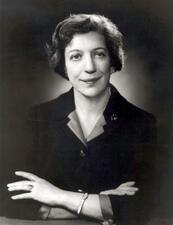
Law in the United States
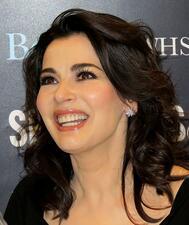
Nigella Lawson
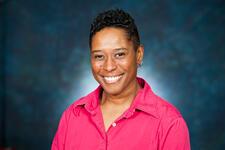
Rabbi Sandra Lawson
Rabbi Sandra Lawson was born in St. Louis, Missouri, and grew up in a military family. She graduated from Saint Leo University magna cum laude with a Bachelor of Arts degree in Sociology.
Lawyers in Germany and Austria
German and Austrian women were first allowed to enter careers in law in the mid-1920s, following rules permitting their admittance to universities at the turn of the century. Although women were a small proportion of all lawyers, judges, and prosecutors in Germany and Austria, Jewish women were a significant group among those women, and they often faced both religious and gender-based discrimination.
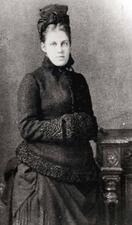
Emma Lazarus
Emma Lazarus (1849-1887), an internationally known poet and essayist, created the role of the American Jewish writer. She lent her voice to the Statue of Liberty to enunciate a vision for America, but she herself was in no doubt about the Jewish roots of her vision in tikkun olam (repairing the world) through righteousness, justice, and compassion.
Josephine Lazarus
Josephine Lazarus was an American Sephardi essayist and literary critic. Her writings exploring issues of Jewish destiny and identity were widely published in leading journals across the country. She is the best known of the poet Emma Lazarus’s five sisters.
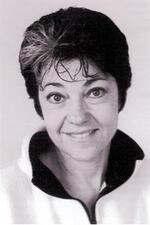
Margaret Lazarus
Rachel Mordecai Lazarus

Leaders in Israel's Religious Communities
Since the late twentieth century, Israeli women have begun to assume leadership positions that are undoubtedly “religious” in both content and form. In the Reform and Conservative movements, gender equality has existed for decades, while in the most traditional ultra-Orthodox societies distinctive female religious leadership exists only within halakhic constraints. In modern Orthodoxy, measured changes have led to significant changes over the years and a new generation of religious leadership.
Leadership and Authority

Leah: Bible
Leah is the sister of Rachel, and many of the stories about her center around her turbulent relationship with her sister, as they are both Jacob’s wives. Jacob clearly prefers Rachel, and the sisters repeatedly compete with each other for Jacob’s affection. Leah and Rachel are remembered as the ancestresses “who built up the house of Israel” (Ruth 4:11).

Leah: Midrash and Aggadah
Leah is the sister of Rachel and the wife of Jacob. God blesses Leah with children; she has six sons and one daughter, and two of her sons become ancestors of two of the twelve tribes. She may not have been Jacob’s preferred bride, but she is interpreted as extremely selfless and generous.
Learned Women in Traditional Jewish Society
The long-standing idea that women are either not fit to be educated or do not need to be educated has deep roots in Jewish history. Yet in spite of these very real disabilities, there seem always to have been a handful of women in traditional Jewish communities who became educated.
Elaine Friedman Lebenbom
The first woman composer to earn a degree from the University of Michigan, Elaine Friedman Lebenbom responded to sexism and anti-Semitism by composing works that celebrated Jewish themes and women’s experiences.
Tillie Leblang
Tillie LeBlang was known as a businesswoman, philanthropist, and mother. With her husband and daughters, LeBlang created a multi–million–dollar box office that transformed the way Broadway shows sold tickets. When her husband, Joseph, died in 1931, she took control of the family business and continued to manage it until just a few months before she died.

Fran Lebowitz
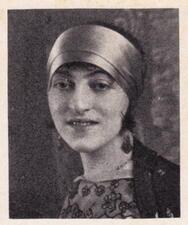
Malka Lee
A writer of lyrical and sometimes sentimental poetry, Malka Lee was one of the most beloved female poets writing in Yiddish in America during her lifetime. Her poems had great folk appeal to Yiddish readers as reflections of their own experiences in the Old World and the New.
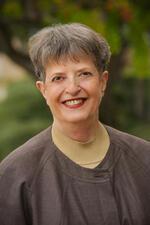
Sara Lee
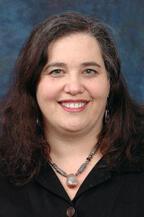
Lori Lefkovitz
Legal-Religious Status of the Female According to Age
Legal status in Judaism is determined by age, sex, legal capacity, and, to some extent, by class and societal status. Legal majority in Jewish law was achieved relatively early in comparison to contemporary standards.
Legal-Religious Status of the Jewish Female
Gendered language in the Torah resulted in centuries of debate about a woman’s role with regard to commandments. The sages’ construction of a woman and her values was very negative, probably relating more to their vision of the ideal, which was male oriented, and applying its opposite to females.
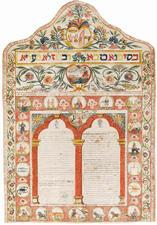
Legal-Religious Status of the Married Woman
Rabbinic law defines the criteria and requirements for traditional marriage, marital rights, and divorce. However, the rabbinic marital system poses many problematic issues for women, especially for agunot, women trapped against their will in marriages by their husbands.
Legal-Religious Status of the Moredet (Rebellious Wife)
A woman who is deemed a moredet is severely disadvantaged in her legal standing. There are various ways in which a women is considered a moredet, and all legal processes dealing with rebellious wives put women at a legal disadvantage.


